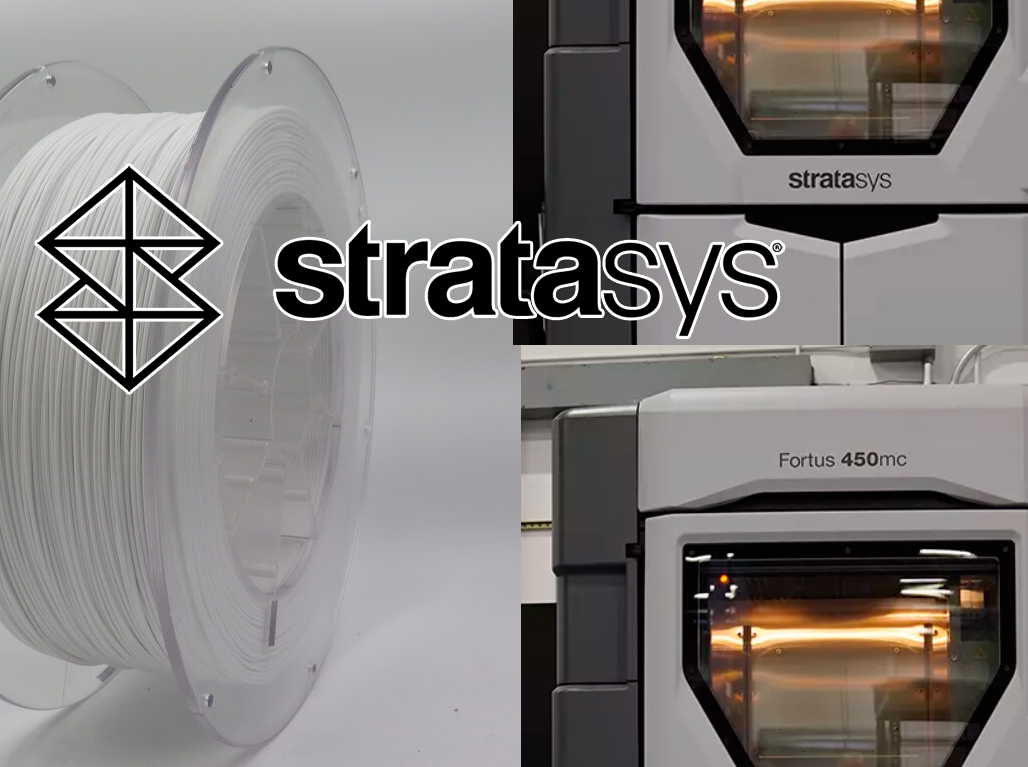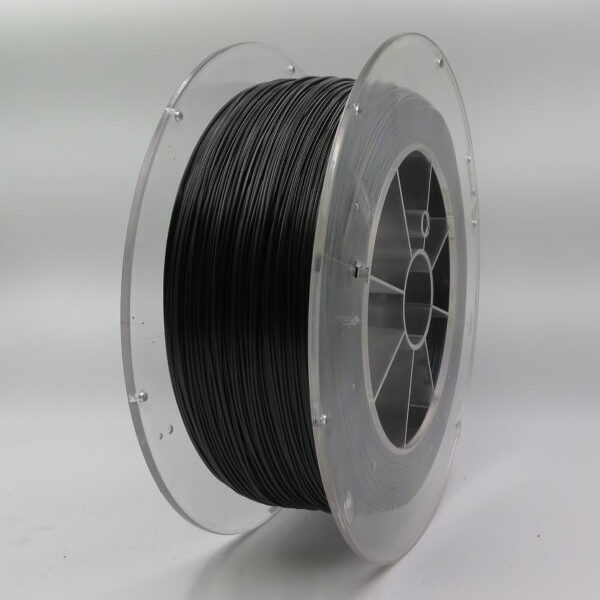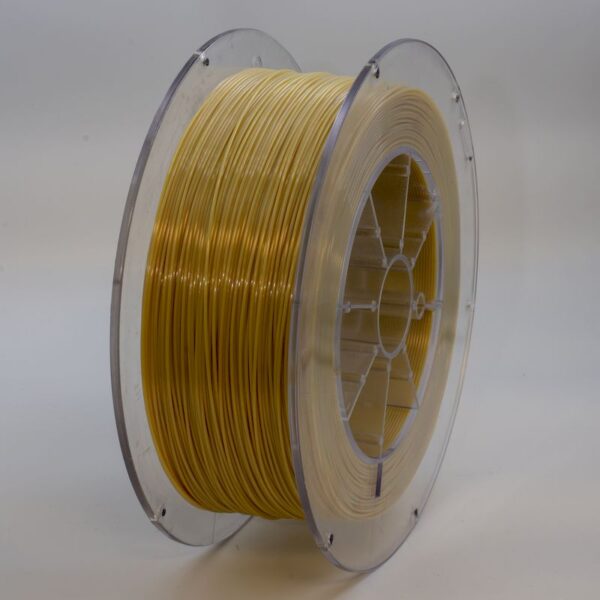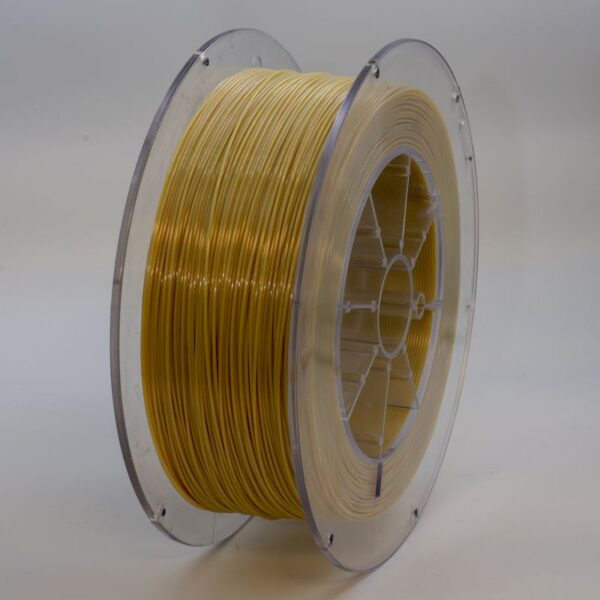FDM Materials Stratasys Guide – Tips for 3D Printing with Stratasys TPU 95A

In the world of FDM 3D printing, TPU 95A stands out as a flexible, reliable, and multifunctional filament. It’s perfect when you need durable parts that bend, resist impact, and bounce back into shape without cracking. While it’s not as common as rigid materials like ABS or Polycarbonate PC, TPU 95A opens up a world of possibilities for functional prototypes and end-use components.
In this guide, we’ll walk you through the key points of working with TPU 95A, including hardware compatibility, print parameters, best practices, and troubleshooting tips. We’ll also explore how TPU compares to other FDM materials such as ABS, ASA, PC-ABS, and Ultem™ 9085. Whether you’re new to flexible filaments or want to improve your print quality, this guide is your go-to resource.
Hardware Requirements
- Direct Drive Extruder: A must for flexible filaments. It offers better filament control than Bowden systems and reduces feeding issues.
- Stable Hotend Temperatures: Keep the nozzle between 220°C and 240°C for optimal flow and bonding between layers.
- Heated Bed: Maintain bed temperatures between 40°C and 60°C to minimize warping and ensure better first-layer adhesion.
- Build Plate Surface: TPU adheres well to PEI and glass. Apply a glue stick or painter’s tape to make part removal easier.
Best Practices
- Slow printing speed: Keep speeds between 15–30 mm/s to maintain print accuracy and avoid nozzle jams.
- Reduce or disable retraction: TPU tends to clog during retraction. Lowering retraction settings helps ensure consistent extrusion.
- Minimal part cooling: A fan speed of 0–30% is sufficient. Too much cooling can negatively affect layer bonding.
- Keep the filament dry: TPU is hygroscopic. Store it in a sealed container and dry it at 50°C for a few hours before printing if moisture is present.
Tips
- Perfect your first layer: A consistent first layer is crucial. Adjust Z-offset and ensure your bed is leveled properly.
- Add a skirt or brim: Helps stabilize filament flow during the initial layers, especially on complex or long prints.
- Regular nozzle maintenance: TPU can leave soft residue inside the hotend. Clean your nozzle frequently to avoid clogs.
- Avoid aggressive post-processing: Unlike ABS or PEKK, TPU doesn’t sand well. Prints should be used as-is or trimmed with care.
Related Materials
Need something more rigid or heat-resistant? Here are several alternatives depending on your application:
- ABS / ABS-ESD: Rigid and impact-resistant; excellent for enclosures and mechanical parts.
- ASA: Weather-resistant; a great choice for outdoor applications.
- PC-ABS FR UL94 V0: Flame-retardant and strong, ideal for electronics and automotive use.
- Polycarbonate PC: High strength and transparency, used in tough functional prototypes.
- PEKK / Ultem™ 1010 / Ultem™ 9085: High-performance polymers suited for aerospace, medical, and automotive industries.
Conclusion
TPU 95A offers a powerful blend of flexibility, durability, and user-friendliness that sets it apart from more rigid FDM materials. It enables engineers and designers to produce elastic, impact-absorbing components with ease—if the right print settings and hardware are in place. Despite its soft texture, TPU 95A delivers professional-grade results when used correctly.
Compared to materials like ABS, PC-ABS, or Polycarbonate PC, TPU stands out for applications requiring mobility, compression, or vibration resistance. Whether you’re creating wearable parts, protective cases, or industrial seals, TPU 95A consistently delivers.
When paired with Stratasys Fortus 3D printers, this material becomes an ideal choice for high-end, production-ready projects. Its compatibility with OEM support materials makes the printing process seamless and reliable.
Looking to purchase top-quality TPU 95A filament? At Additive 3D Link, we supply industry-grade FDM materials compatible with Stratasys systems, including TPU 95A, ABS, Ultem™ 9085, and more. Fast shipping across Europe and expert customer support make us your trusted supplier.




